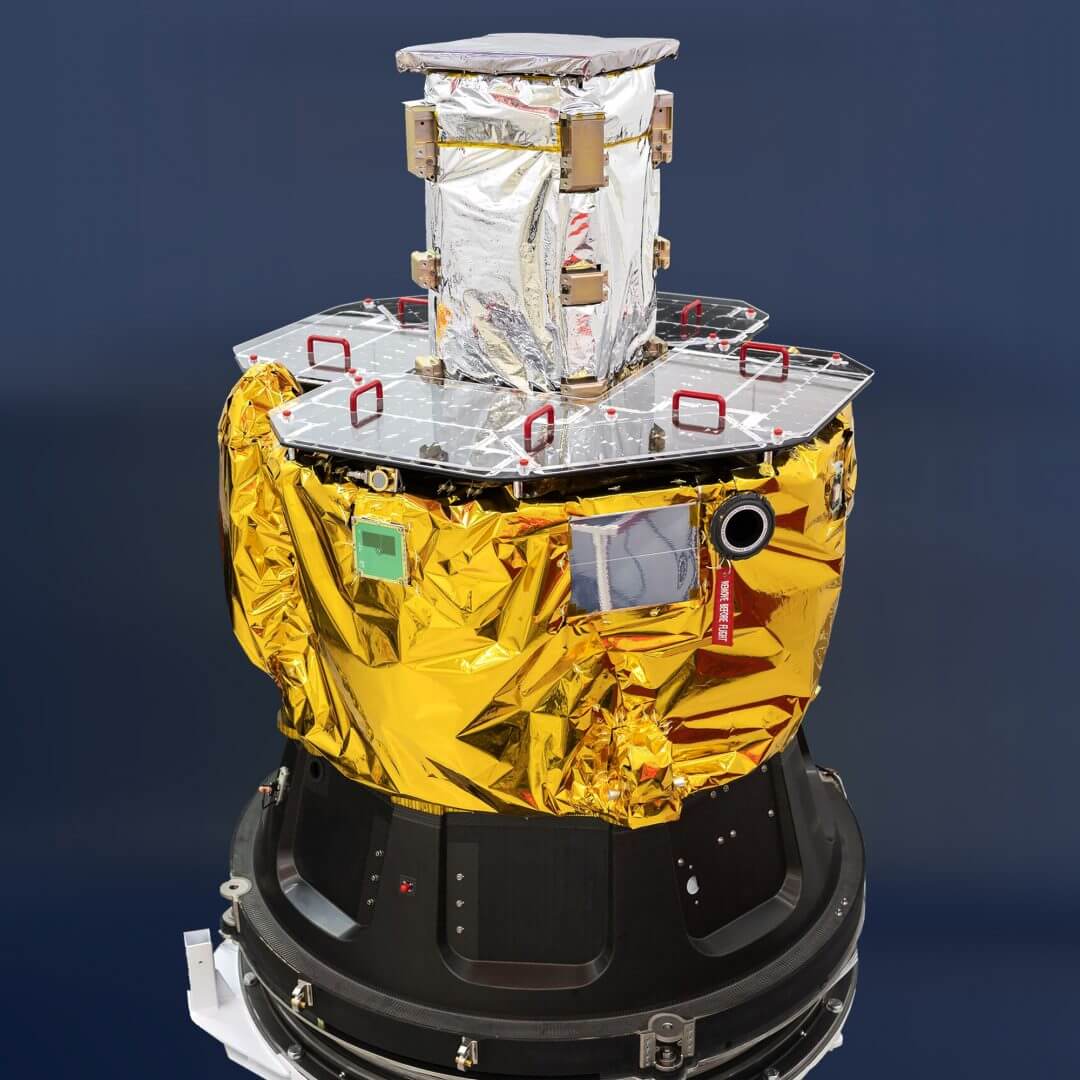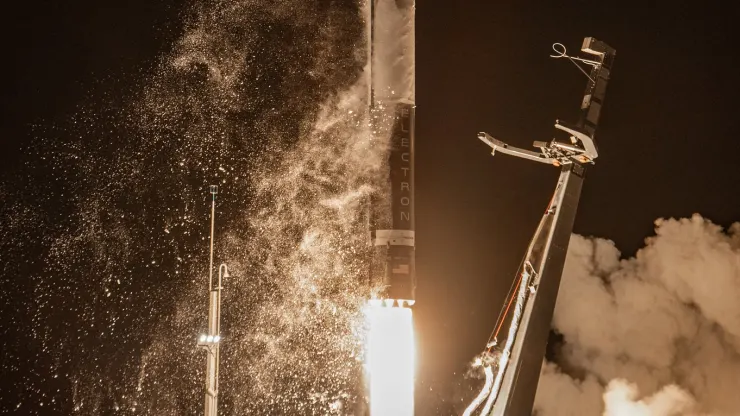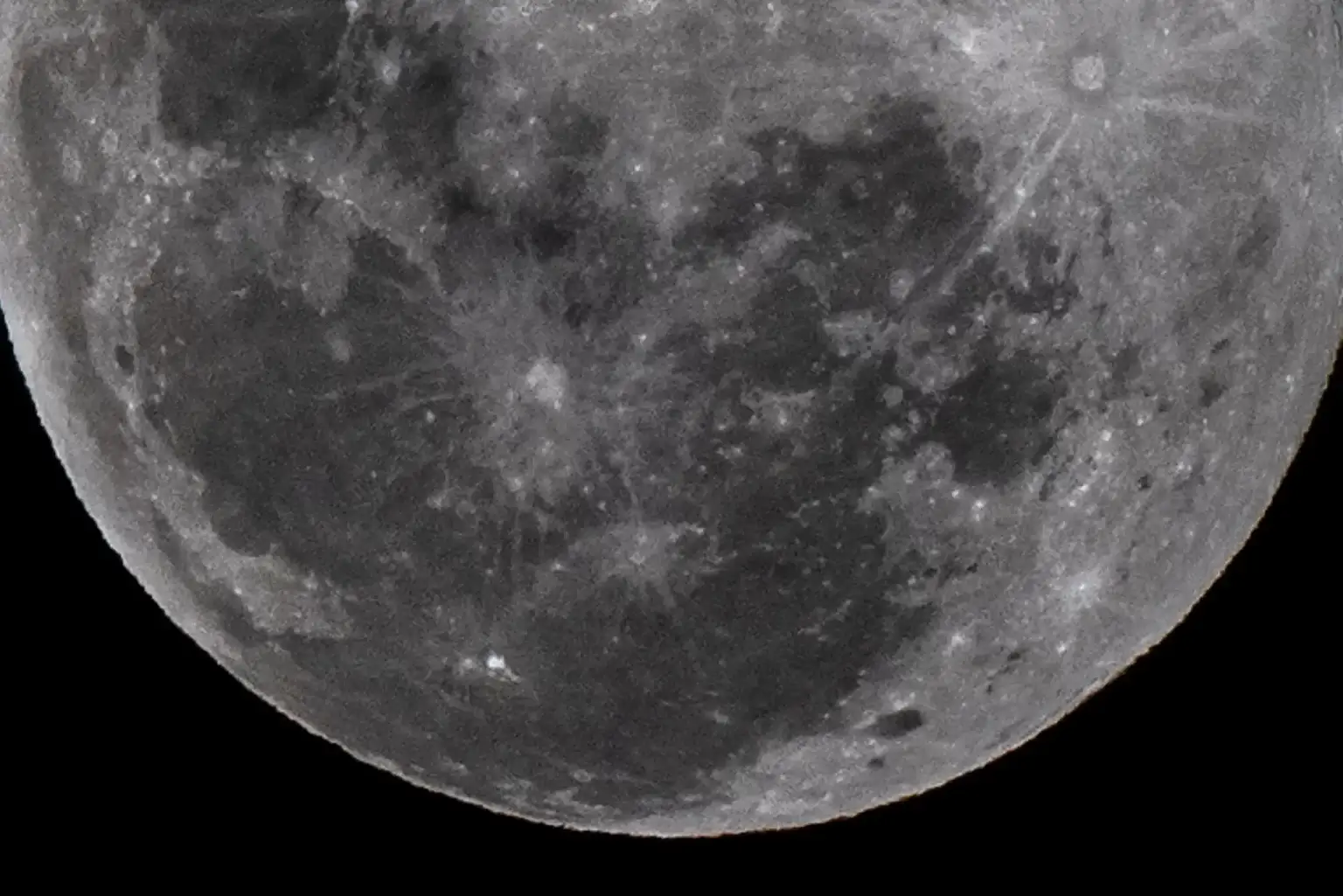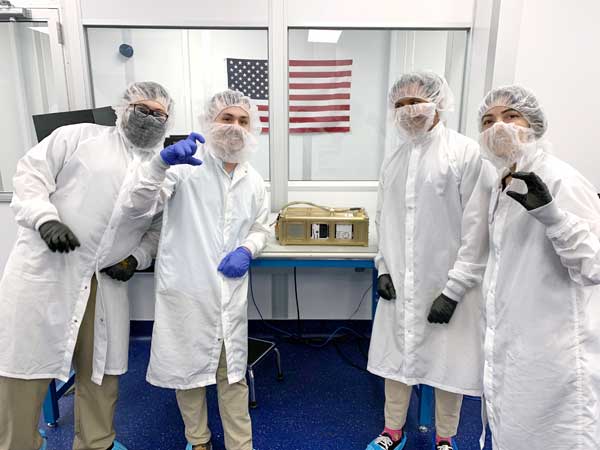Rocket Lab’s Lunar Photon Completes Sixth Orbit Raise for NASA’s CAPSTONE Mission to The Moon

This sixth burn was originally scheduled to be two burns, but Rocket Lab’s space systems team determined the HyperCurie engine would be capable of performing a single maneuver to accomplish the same delta-v, so combined the two.
Microwave-size spacecraft launches to test new orbit between Earth and the moon

The mission, called the Cislunar Autonomous Positioning System Technology Operations and Navigation Experiment, and known as CAPSTONE, lifted off the launchpad Tuesday at 5:55 a.m. ET. The CubeSat launched aboard Rocket Lab’s Electron rocket from the company’s Launch Complex 1 in New Zealand.
NASA begins return to the moon with low-cost CAPSTONE mission, launched by Rocket Lab

CAPSTONE, an acronym for “Cislunar Autonomous Positioning System Technology Operations and Navigation Experiment,” is a low-cost mission that represents the first launch under NASA’s lunar Artemis program.
How the Space Industry Competes Amid the Tight Market for Talent

“It’s hand-to-hand combat. It’s one of those four times in my career that I just can’t believe how competitive it is,”
NASA’s Return to the Moon Starts With Launching a 55-Pound CubeSat

The full name of the mission is the Cislunar Autonomous Positioning System Technology Operations and Navigation Experiment. It will act as a scout for the lunar orbit where a crewed space station will eventually be built as part of Artemis. That outpost, named Gateway, will serve as a way station where future crews will stop before continuing on to the lunar surface.
The Capstone Launch Will Kick Off NASA’s Artemis Moon Program

The plucky little spacecraft is called Capstone, or, more officially, the Cislunar Autonomous Positioning System Technology Operations and Navigation Experiment. It will be perched atop a Rocket Lab Electron rocket scheduled to blast off on June 27 from the Mahia Peninsula of New Zealand at 9:50 pm local time (5:50 am EDT). If it can’t launch that day, it’ll have other opportunities between then and July 27.
